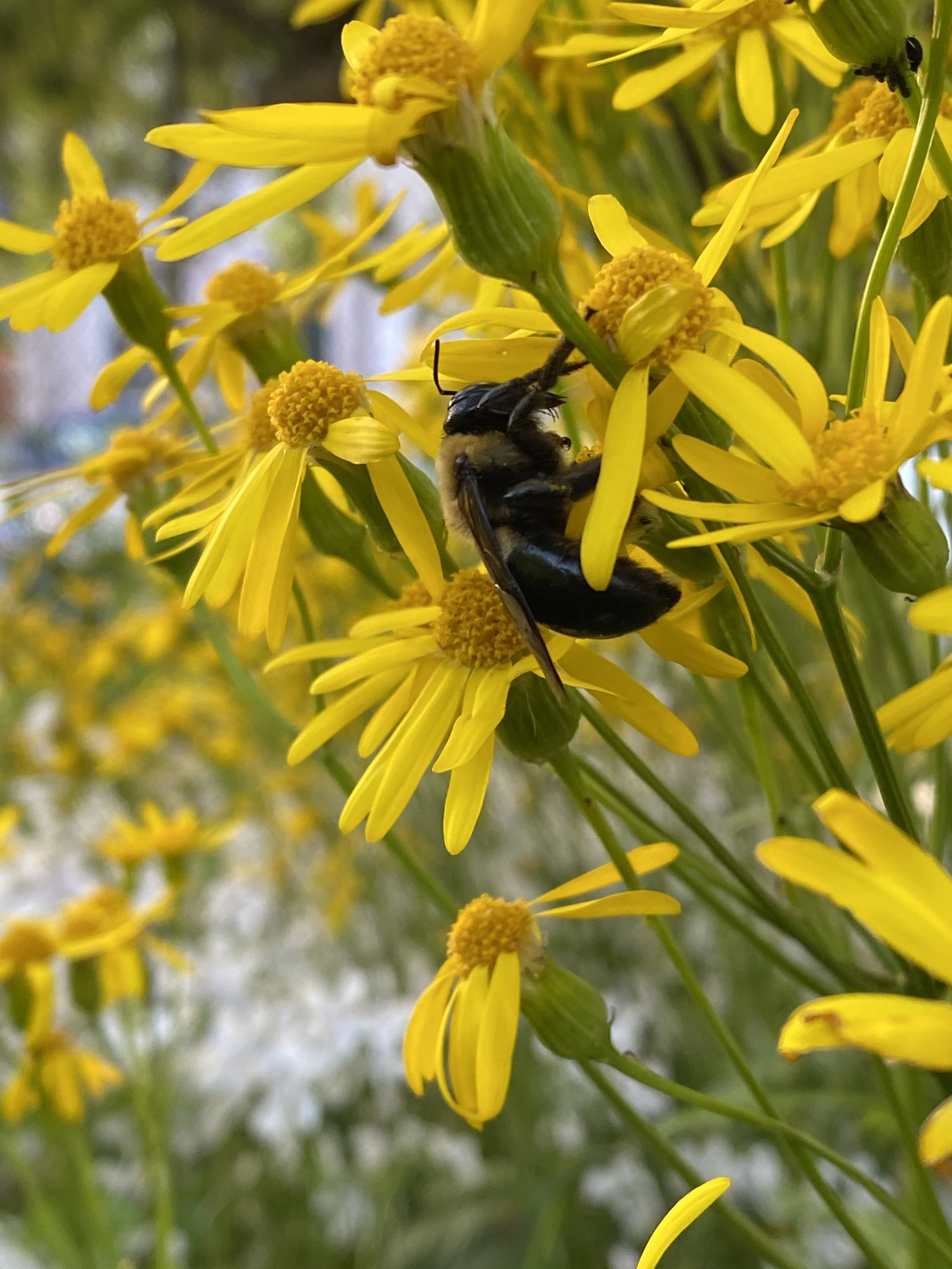
That September pairing of purple and gold is lived reciprocity; it’s wisdom is that the beauty of one is illuminated by the radiance of the other. Science and art, matter and spirit, indigenous knowledge and Western science – can they be goldenrod and asters for each other? - Robin Kimmerer, Braiding Sweetgrass
Three Sources for the Bigger Picture
There are many great sites for looking up basic information about individual plants, trees, shrubs etc.
Most sources are focused on the basic Name-Height-Light-Bloomtime-Water-Color-Spacing type info. Others add thoughtful descriptions of the plant parts which help with identification, but there are a few great sources (above), that add another important layer.
They share from experience about the companion and understudy plants, the insects, birds and other wildlife which are habitat partners to each plant species. This gives much insight about the ecological interactions and habitat function of a given plant.
The heart of ecological gardening is the deep care for relationships of how plants show up, live, operate, move, compete, compliment, protect, nourish, shelter, succeed and play with one another, with insects, with birds and other animals and with the passage of time.
The web of relations is immense and can be overwhelming at first.
The best way of discovering those relationships, and the poem a landscape wants to offer, is often through the walking, looking, feeling, listening in the landscape and the work, with a mix of hard and joyful mistakes. But.. the websites and books are a gift too - and any insight about plant communities is deeply valuable. That layer of the information is still too rarely found, but the conversation is growing.
✻ We’re excited you’re a part of it. ✻

